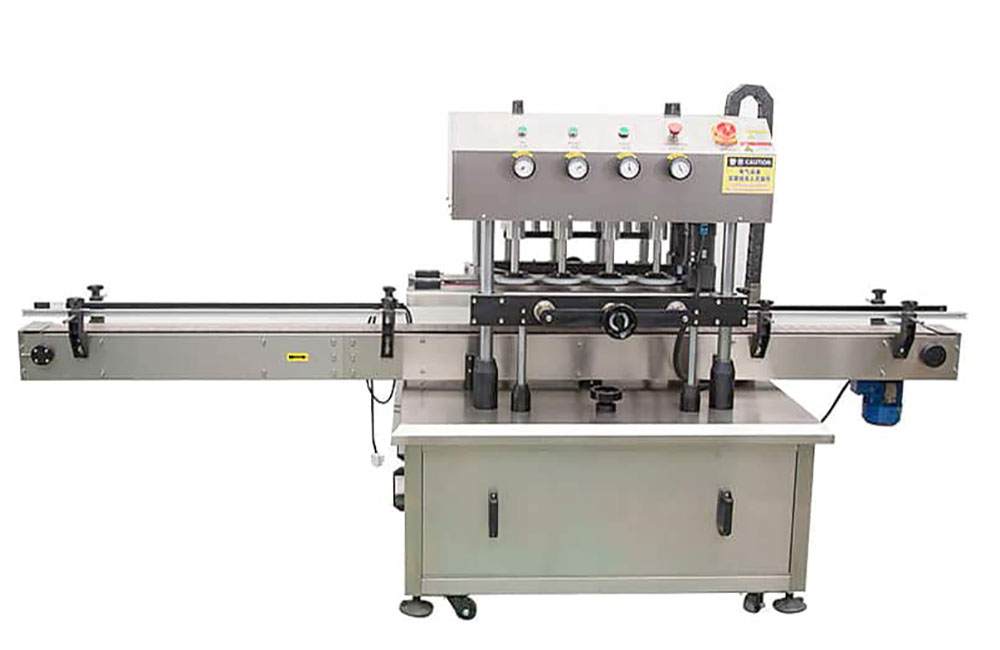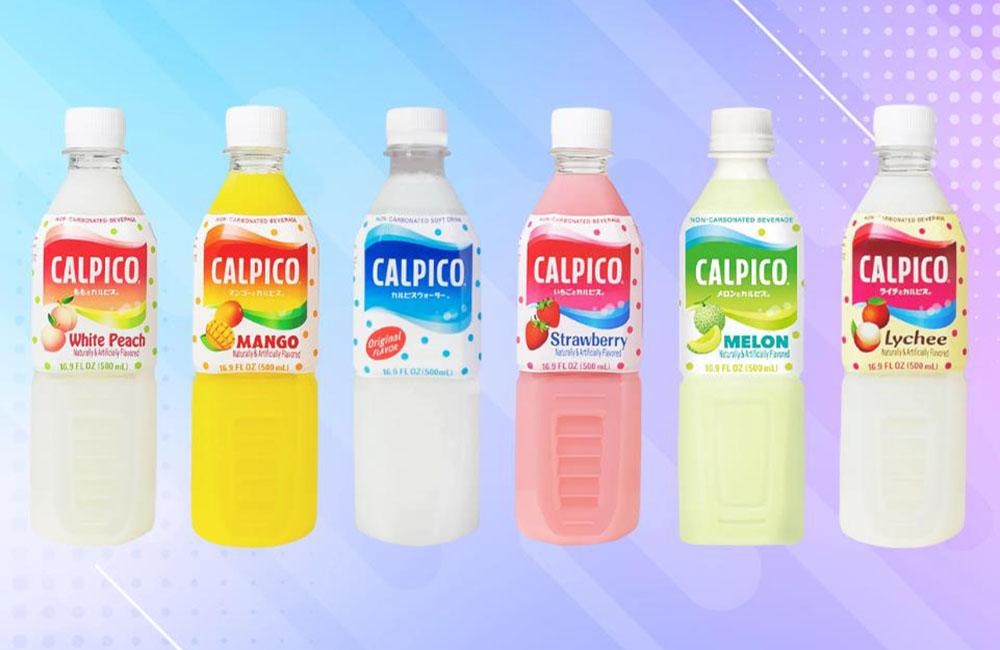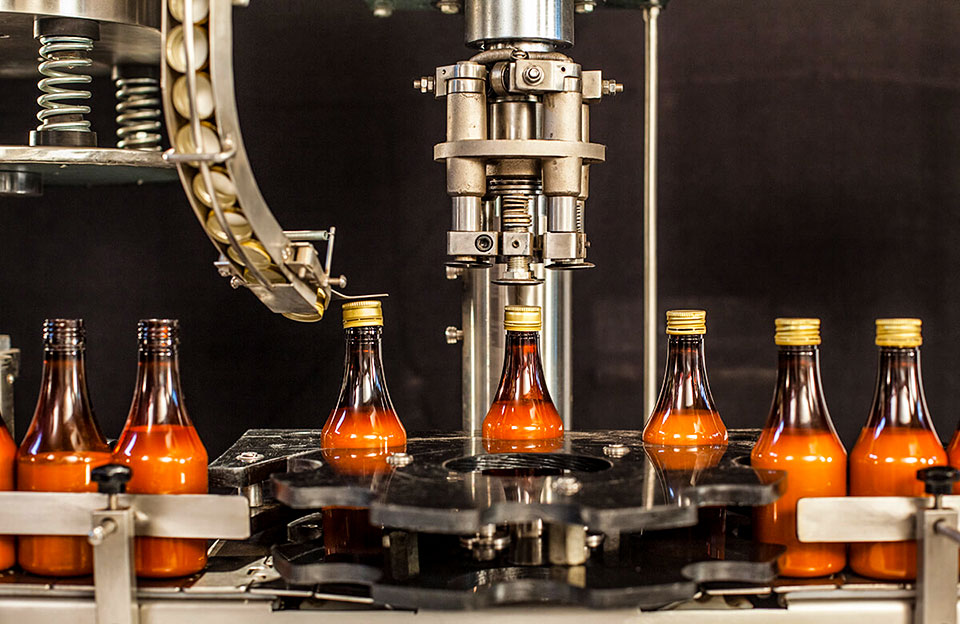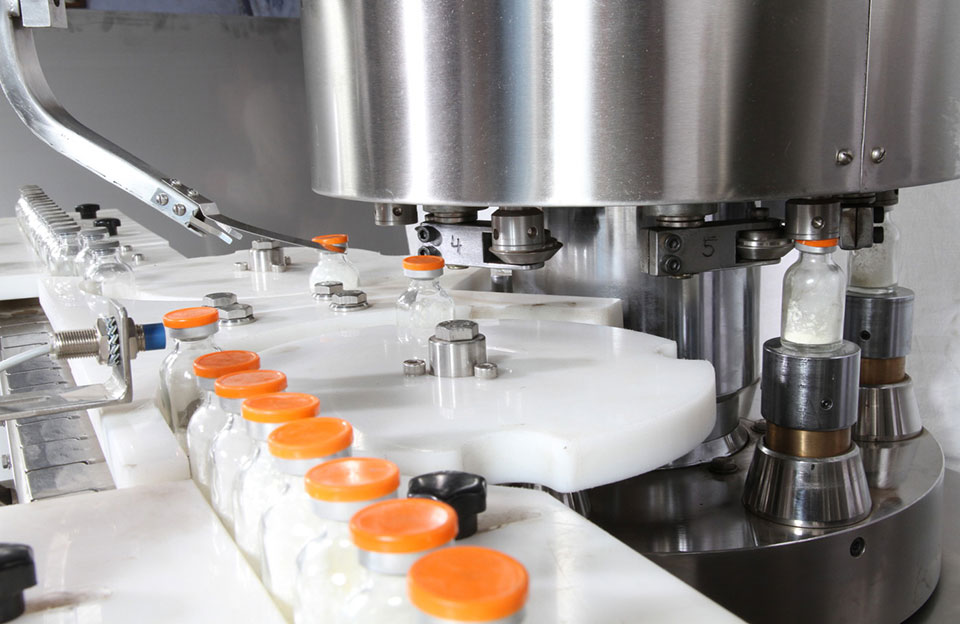The capper machine is a kind of sealing and packaging mechanical equipment used for capping various bottles filled with contents. It is generally used for supporting the filling of production lines. The capping machine can also be called a capping machine and a cap locking machine, which is an important part of a fully automated filling production line.
The Main Structure of the Capper Machine
A capper machine is used in various industries to securely seal containers with caps or lids. The main structure of a capping machine can vary based on the specific design, the type of containers it handles, and the industry it’s used in. Here is a general overview of the main structure commonly found in capper machines:
- Base and Frame: The base and frame support the entire machine. They are usually made from durable materials like stainless steel to ensure stability and longevity.
- Conveyor System: Capper machines often include a conveyor system that transports containers to and from the capping station. The conveyor ensures a smooth flow of containers through the capping process.
- Capping Station: This is the core component of the capper machine where the actual sealing or capping process takes place. The capping station typically consists of several sub-components:
- Cap Feeding System: Caps are usually fed from a hopper or a vibratory bowl feeder onto the containers depending on the design.
- Cap Orientation Mechanism: Some capper machines include mechanisms to ensure the caps are properly oriented before being applied to the containers.
- Capping Heads: These components are responsible for placing and sealing the caps onto the containers. Capping heads have different designs, including screw-on, press-on, snap-on, or specialized mechanisms depending on the type of cap and container.
- Torque Control System: For screw-on caps, a torque control system ensures that the caps are tightened to the correct level to achieve a proper seal.
- Control Panel: Capper machines have a control panel that allows operators to set parameters, adjust settings, and monitor the capping process. Modern capper machines might also feature touchscreen interfaces for user-friendly operation.
- Sensors and Feedback Systems: Sensors detect the presence of containers, monitor the capping process, and ensure that caps are applied correctly.
- Safety Features: Capper machines have safety mechanisms to protect operators and prevent accidents. Emergency stop buttons, safety shields, and interlock systems are commonly implemented.
- Adjustability: Many capper machines are designed to accommodate various container sizes, cap types, and production requirements.
- Power and Drive Systems: Motors, belts, gears, and other mechanical components are responsible for driving the various movements in the capper machine, such as conveyor movement, cap feeding, and capping head operation.

Capper Machine
Working Principle of Capper Machine
The working principle of a capper machine involves several key steps:
- Container Placement: Place empty containers on a conveyor or an indexing system that brings them to the capping station. Before reaching the capper, the containers may be pre-filled with products like liquids, powders, or solids.
- Cap Supply: Caps or closures are stored in a hopper or a magazine, which feeds them to the capping station in an organized manner. The caps can be of various types, including screw caps, snap-on caps, press-on caps, etc.
- Cap Orientation: Depending on the design of the capper, a cap orientation mechanism might be employed to ensure that the caps are positioned correctly before being placed onto the containers.
- Cap Application: The capping machine uses different methods to apply the caps to the containers. Some common methods include:
- Screw Capping: For screw caps, the capper uses rotating chucks to grip the cap and apply torque to screw it onto the container threads.
- Press-On Capping: This method uses compression to press the cap onto the container’s neck, creating a secure fit.
- Snap-On Capping: Similar to press-on capping, snap-on caps are pressed onto the container with enough force to engage their locking mechanisms.
- Corking: In industries like wine bottling, capper machines may include mechanisms for inserting corks into bottles and securing them.
- Torque Adjustment: For screw capping, it’s essential to adjust the torque applied to the caps based on factors like the type of cap material, container material, and the desired level of seal tightness. This adjustment ensures that the caps are neither too loose nor too tight.
- Verification and Rejection: Some capper machines have integrated sensors or cameras to verify that the caps have been properly applied. If a container is detected with a misaligned or missing cap, it can be automatically rejected from the production line for further inspection or correction.
- Container Discharge: After the caps are applied and verified, the conveyor system carries the sealed containers away from the capping station to continue their journey through the packaging line.

Beverage Products
Conclusion
As an automated capping solution, the capping machine brings multiple benefits to the production line. It can greatly improve production efficiency, complete the capping operation in a high-speed and stable manner, and shorten the production cycle.
The machine’s consistent operation ensures that each container is capped accurately and properly. By operating in a closed environment, the capping machine can improve hygiene standards and reduce the possibility of external contamination. The application of the capping machine brings efficient, precise, hygienic, and economical capping solutions to the production line.


